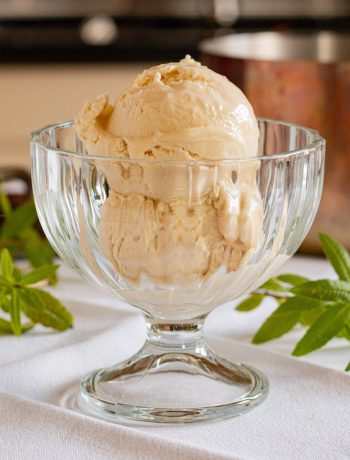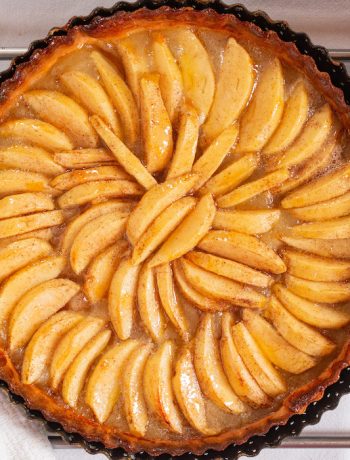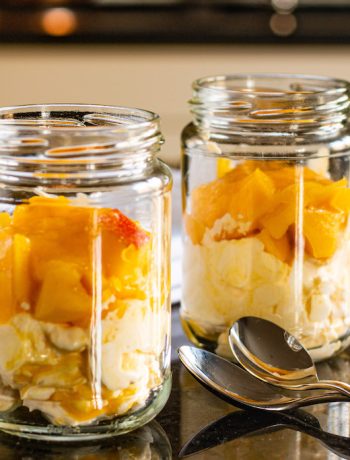As those of you that follow our articles have come to realise that there is often a long history behind many of the foods that we regard as commonplace. Ice cream is no exception.
It is believed that Roman emperors sent slaves up into the mountains to collect snow, which was then flavoured and eaten. Too many yellow snow jokes to even contemplate.
However, several hundred years before the Romans, the Persians around 400BC were mixing fruit and saffron with ice, to serve at Royal occasions. And, in China around 200BC, people were eating a mixture of milk and rice that had been packed in snow to freeze it. This was accomplished by applying a mixture of saltpetre and snow to the outside of a container in order to further lower the temperature. If we stay with China, and fast forward to between 618–697 AD, we see the closest approximation to what we would recognise as ice cream today. King Tang of Shang had a frozen mixture of buffalo milk and flour flavoured with Camphor created for him by a team of 94 ‘ice men.’ It is probably this process that was witnessed by Marco Polo during his travels to China in the 13th Century, which he subsequently took back to Italy.
The history of the origin of this ubiquitous seaside treat is truly global. Leap forward, to 1600–1649 and the reign of Charles I. He is alleged to have paid his chef the sum of £500 in today’s money to ensure that his ice cream recipe was kept secret from the rest of the country. Personally, I would have thought that he had enough to worry about, what with getting embroiled in a civil war, being deposed, captured, going on the run and hiding in oak trees. There is little historical evidence to support such a legend.
At about the same time, several thousand miles away on the Indian sub-continent, the Mughal emperors were despatching troops of horsemen into the Hindu Kush mountains to collect ice to bring back to Delhi where it was used to make fruit sorbets. The most notable of these is ‘kulfi’ – a traditional Indian ice cream, which unfortunately these days is most commonly associated with the sickly sweet offering served up in a plastic, half mango shell, at the end of a disappointing meal in a number of high street Indian restaurants up and down the country. As you have probably gathered from my tone, it does little by way of justice to the genuine article, which is vibrant in colour and bursting with flavour.
And, in 1674 we see the French getting in on the act with first recipe for Flavoured Ices published, not by a chef, but by the chemist Nicolas Lemery’s in the rather lengthy titled publication, Recueil de curiositéz rares et nouvelles de plus admirables effets de la nature.
In this recipe, we take ice cream up a level of indulgence and make it with English clotted cream. The result is absolutely lush.
Clotted cream vanilla ice
Ingredients
- 230g caster sugar
- 6 egg yolks
- 350g clotted cream
- 350ml whole milk
- 1 vanilla pod
Instructions
Whisk together the milk and the clotted cream in a large sauce pan.
Split the vanilla pod lengthways; scrape the seeds out with the back of a knife and place the halved pod and seeds in with the milk and cream. Heat the mixture over a gentle heat to scalding point, but do not boil. The scalding point for milk is 82ºC. Use a kitchen thermometer to take the guess work out. Remove from the stove.
In another pan whisk the sugar and egg yolks until pale and fluffy. Temper the mixture, to prevent curdling by slowly adding a cup of the scalded milk to sugar and egg mixture, whisking vigorously. repeat this process once more before adding the remainder of the warm milk and cream. Discard the split vanilla pod.
Transfer the custard base to a double boiler and cook gently until the mixture begins to thicken, this happens at around 72ºC. Again, use your thermometer to ensure that the mixture doesn't split. Have a bowl of iced water standing by to plunge the double boiler into, once the desired temperature and consistency has been reached, to cease all further cooking.
Place the custard base in the fridge to chill, preferably overnight.
Transfer the base to your ice cream maker and churn. Store the finished ice cream in a plastic container in the freezer.




 (50 votes, average: 3.84 out of 5)
(50 votes, average: 3.84 out of 5)


No Comments